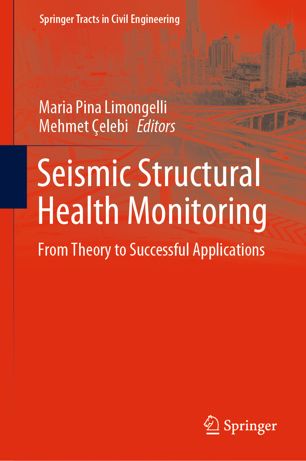

Most ebook files are in PDF format, so you can easily read them using various software such as Foxit Reader or directly on the Google Chrome browser.
Some ebook files are released by publishers in other formats such as .awz, .mobi, .epub, .fb2, etc. You may need to install specific software to read these formats on mobile/PC, such as Calibre.
Please read the tutorial at this link: https://ebookbell.com/faq
We offer FREE conversion to the popular formats you request; however, this may take some time. Therefore, right after payment, please email us, and we will try to provide the service as quickly as possible.
For some exceptional file formats or broken links (if any), please refrain from opening any disputes. Instead, email us first, and we will try to assist within a maximum of 6 hours.
EbookBell Team

4.3
58 reviewsThis book includes a collection of state-of-the-art contributions addressing both theoretical developments in, and successful applications of, seismic structural health monitoring (S2HM). Over the past few decades, Seismic SHM has expanded considerably, due to the growing demand among various stakeholders (owners, managers and engineering professionals) and researchers. The discipline has matured in the process, as can be seen by the number of S2HM systems currently installed worldwide. Furthermore, the responses recorded by S2HM systems hold great potential, both with regard to the management of emergency situations and to ordinary maintenance needs.
The book’s 17 chapters, prepared by leading international experts, are divided into four major sections. The first comprises six chapters describing the specific requirements of S2HM systems for different types of civil structures and infrastructures (buildings, bridges, cultural heritage, dams, structures with base isolation devices) and for monitoring different phenomena (e.g. soil-structure interaction and excessive drift). The second section describes available methods and computational tools for data processing, while the third is dedicated to hardware and software tools for S2HM. In the book’s closing section, five chapters report on state-of-the-art applications of S2HM around the world.